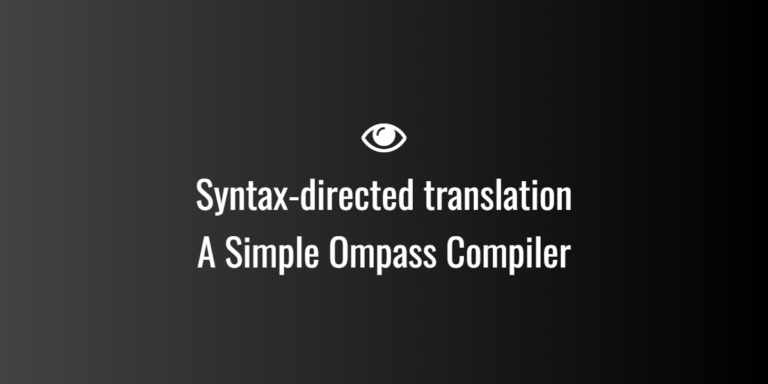Both Datagram Switching and Virtual Circuit Switching are packet-switching techniques used in modern communication networks. However, they operate differently in terms of how they handle packets and manage network connections. Let’s dive into both concepts and compare them.
1. Datagram Switching
Definition:
In Datagram Switching, each packet is treated as an independent unit. Every packet contains full addressing information and is routed individually through the network. Each packet can take a different path to reach the destination, depending on the current network conditions (like congestion or link failures).
Key Characteristics:
- No Prior Connection Setup: There is no need for a connection to be established before data transfer begins. The sender simply sends packets to the destination.
- Independent Packets: Each packet is routed independently and may take different paths. Packets may arrive out of order and need to be reassembled at the destination.
- Flexibility: It allows for dynamic routing of packets based on network conditions at the time of transmission.
- No Guarantee of Delivery: There is no guarantee that packets will arrive in the correct order, or even that they will arrive at all. The network does not reserve resources for the entire session.
- Best Effort Delivery: Datagram Switching typically operates under a best-effort delivery system, which means the network will attempt to deliver packets, but it does not provide quality of service guarantees.
Example:
- Internet Protocol (IP): The most well-known example of Datagram Switching is IP (specifically IPv4 and IPv6). In IP, each packet (datagram) is routed independently, and network devices (routers) make decisions on the fly about how to forward the packets.
2. Virtual Circuit Switching
Definition:
In Virtual Circuit Switching, a connection is established between the sender and receiver before data is transmitted. Unlike datagram switching, virtual circuit switching guarantees that the packets follow the same path through the network, ensuring that the packets arrive in the correct order.
Key Characteristics:
- Connection-Oriented: A logical path, or “virtual circuit,” is established between the sender and receiver before any data is transmitted. The network resources are reserved for this path.
- Guaranteed Path: All packets in a session follow the same route, avoiding out-of-order arrival.
- Resource Reservation: The network allocates resources (e.g., bandwidth) for the duration of the session, which can improve the consistency and performance of data transfer.
- Fixed Routing: Once the virtual circuit is established, all packets travel the same route, so there’s no need for individual routing decisions for each packet.
- Error Handling: The network ensures reliable delivery and can handle retransmissions in case of packet loss.
- Higher Overhead: Setting up a virtual circuit introduces overhead due to the need for a connection setup and teardown.
Example:
- X.25 and Frame Relay: These older protocols used virtual circuit switching. More modern examples of virtual circuit switching include technologies such as ATM (Asynchronous Transfer Mode), MPLS (Multiprotocol Label Switching), and TCP (Transmission Control Protocol), where a connection is established before communication.
Comparison of Datagram Switching and Virtual Circuit Switching
| Feature | Datagram Switching | Virtual Circuit Switching |
|---|---|---|
| Connection Setup | No connection setup required. | Connection setup required before data transmission. |
| Routing | Each packet is routed independently; packets may take different paths. | All packets follow the same pre-established route. |
| Reliability | No guarantee of packet delivery or order. | Packets are delivered in order, with guarantees of delivery. |
| Packet Structure | Each packet has full addressing information. | Each packet only contains the necessary information to maintain the virtual circuit. |
| Network Resource Usage | Resources are used dynamically as needed. | Resources are reserved for the entire session. |
| Flexibility | Highly flexible in terms of routing. | Less flexible since the route is fixed for the duration of the session. |
| Efficiency | More efficient for bursty traffic and low traffic. | More efficient for continuous data flows with less variation. |
| Latency | Potentially higher latency due to variable routing paths and congestion. | Lower latency because of pre-established routes and guaranteed delivery. |
| Example Protocol | IP (Internet Protocol), UDP (User Datagram Protocol) | X.25, ATM, MPLS, TCP |
Advantages and Disadvantages
Datagram Switching:
- Advantages:
- Scalability: Ideal for large-scale networks with many users (e.g., the internet).
- No Overhead for Setup: It doesn’t require the overhead of establishing a connection before sending data.
- Flexibility: Can adapt to network congestion and failures by rerouting packets dynamically.
- Disadvantages:
- Unreliable: There’s no guarantee of delivery, and packets may arrive out of order.
- Potential for Congestion: Since routing decisions are made on-the-fly, network congestion can lead to packet loss and delays.
Virtual Circuit Switching:
- Advantages:
- Reliable: Ensures that packets arrive in order and guarantees delivery.
- Guaranteed Resources: Suitable for applications where consistent performance and bandwidth are needed.
- Error Handling: Automatic retransmission and error recovery are part of the system.
- Disadvantages:
- Connection Setup Delay: Establishing a virtual circuit requires time and resources.
- Less Flexible: The fixed path may not adapt well to network failures or congestion.
- Higher Overhead: Reserving resources for the entire session increases overhead.
When to Use Each?
- Datagram Switching is suitable for applications like web browsing, email, and other scenarios where a flexible, scalable, and fault-tolerant communication method is needed. The absence of connection setup makes it ideal for bursty, low-latency traffic.
- Virtual Circuit Switching is suited for applications requiring reliable, continuous data flow, such as voice calls, video streaming, or large file transfers, where consistent performance and error-free delivery are essential.
Real-World Example
- Datagram Switching Example:
When you browse a website, the web browser sends packets to the server. Each packet may take a different route through the internet, depending on network conditions at the time of transmission. The packets are independently routed and reassembled at the destination. - Virtual Circuit Switching Example:
In a VoIP (Voice over Internet Protocol) call, a virtual circuit is established between two phones before the call begins. The call’s voice packets follow the same route through the network, ensuring that they arrive in the correct order and with minimal delay, making the conversation smooth and continuous.




